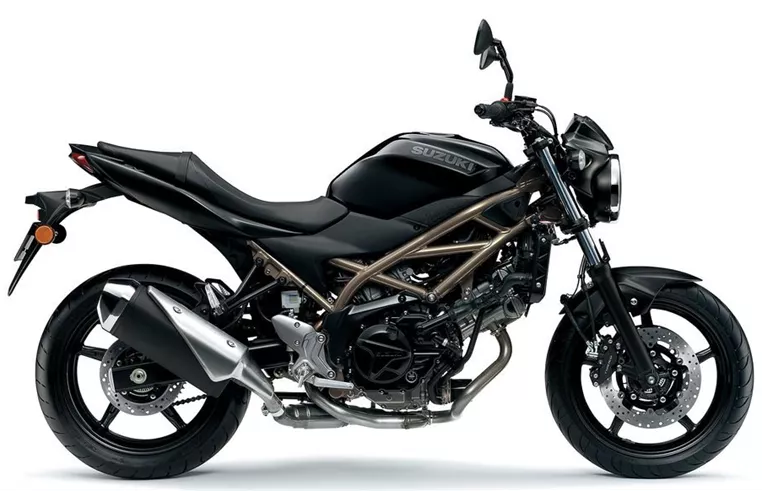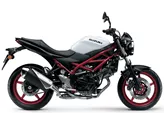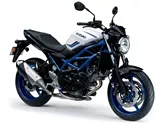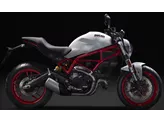Suzuki SV 650 2021 vs. Kawasaki Z650 2017
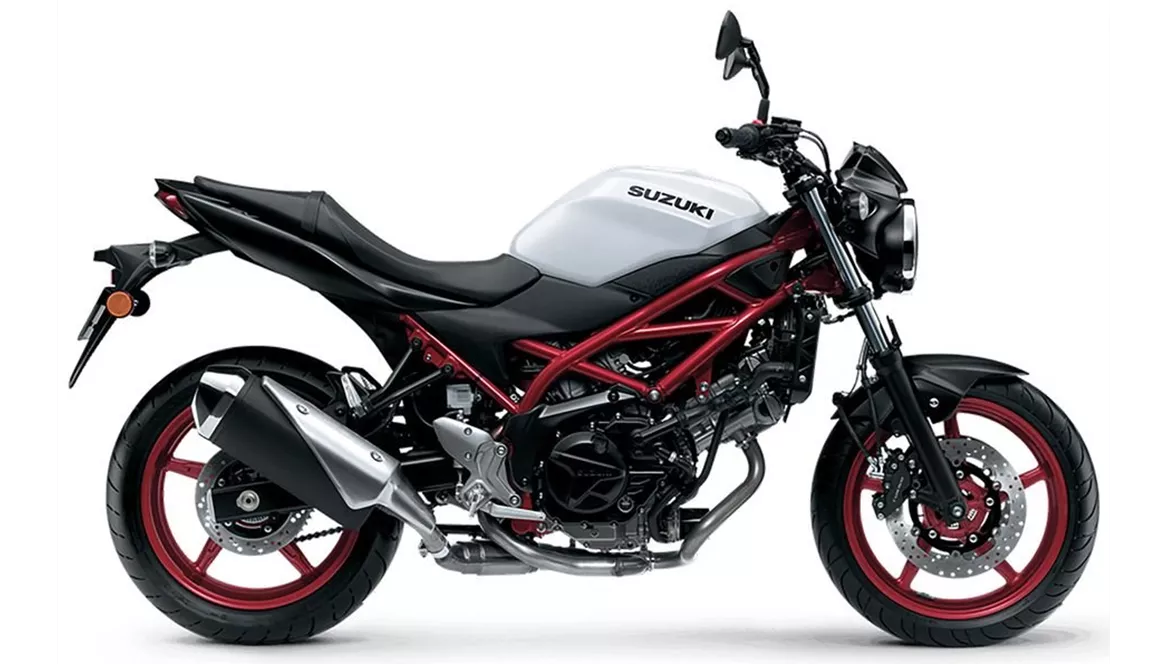
Suzuki SV 650 2021

Kawasaki Z650 2017
Overview - Suzuki SV 650 2021 vs Kawasaki Z650 2017
The Suzuki SV 650 2021 and the Kawasaki Z650 2017 are both naked bikes with similar technical specifications. Both bikes have a 2-cylinder engine with liquid cooling and fuel injection systems. The Suzuki SV 650 has a V-type engine with a displacement of 645cc, producing 73 HP of power and 64 Nm of torque. On the other hand, the Kawasaki Z650 has an in-line engine with a displacement of 649cc, producing 68.2 HP of power and 65.7 Nm of torque.
In terms of suspension, both bikes feature telescopic forks at the front and swing arm suspension with a monoshock at the rear. The suspension on both bikes can be adjusted for preload. The chassis on both bikes is made of steel and has a tubular frame design.
When it comes to braking, both bikes have double disk brakes at the front with ABS. The Suzuki SV 650 has a front disk diameter of 290 mm with four pistons, while the Kawasaki Z650 has a front disk diameter of 300 mm with double pistons.
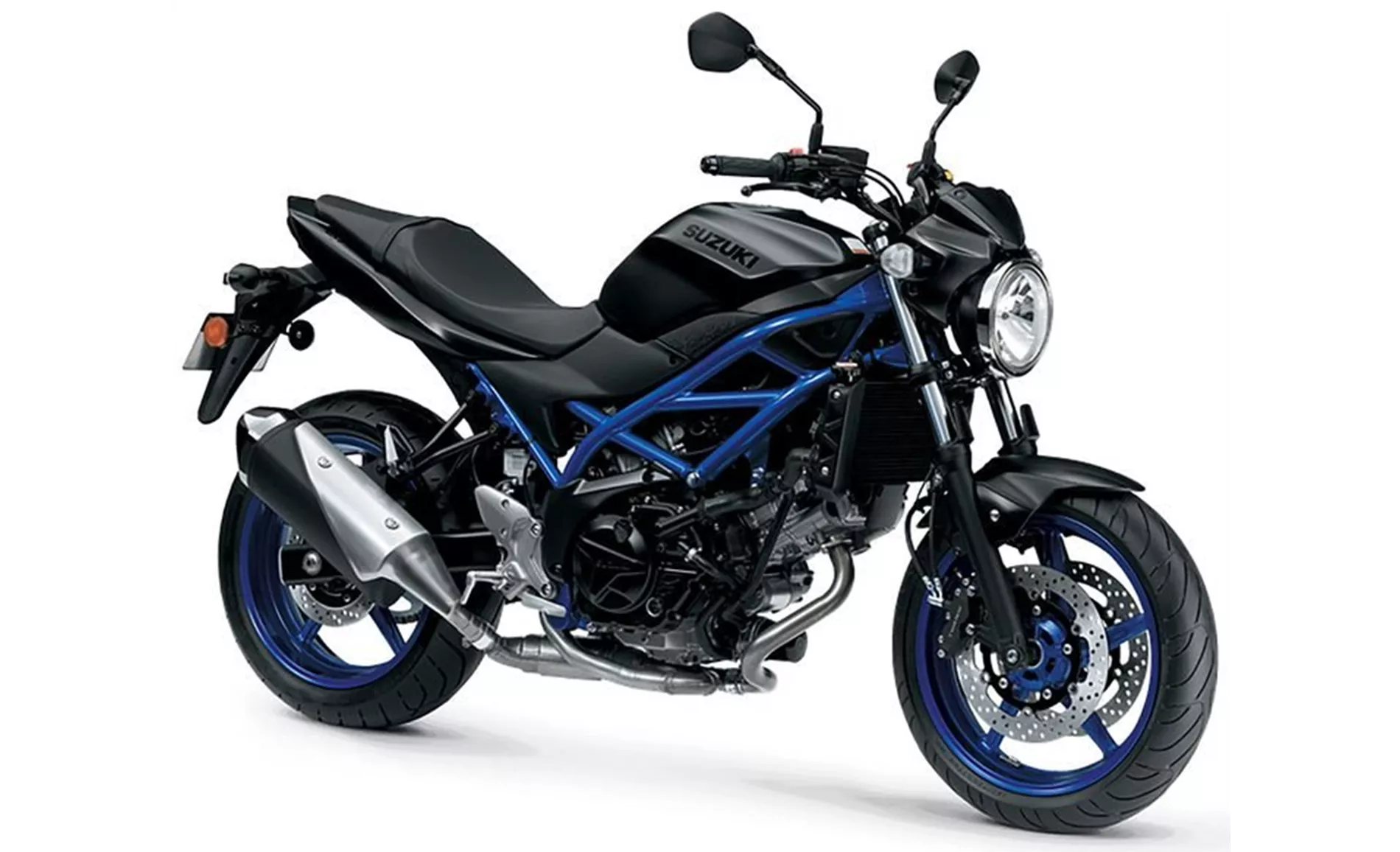
Suzuki SV 650 2021
In terms of dimensions and weights, there are some slight differences between the two bikes. The Suzuki SV 650 has a wheelbase of 1445 mm and a seat height of 785 mm, while the Kawasaki Z650 has a slightly shorter wheelbase of 1410 mm and a slightly higher seat height of 790 mm. The kerb weight of the Suzuki SV 650 with ABS is 200 kg, while the Kawasaki Z650 weighs 187.1 kg with ABS. The fuel tank capacity of the Suzuki SV 650 is 14.5 liters, while the Kawasaki Z650 has a slightly larger fuel tank capacity of 15 liters.
In terms of strengths, the Suzuki SV 650 2021 has a confident V2 powerplant with character, a stable chassis, a comfortable seating position, and easy handling. It also has a timeless look that appeals to many riders. On the other hand, the Kawasaki Z650 2017 has an even power delivery, a sporty chassis, compact dimensions, and a unique negative display.

Kawasaki Z650 2017
However, the Suzuki SV 650 2021 does have some weaknesses. The brake requires manual force, meaning it may not have the same level of braking assistance as some other bikes. Additionally, the Suzuki SV 650 does not have many electronics on board apart from ABS, and the instruments may be moderately readable.
The Kawasaki Z650 2017 has a minor weakness in that it may be a little too small for tall people, potentially causing discomfort during longer rides.
Overall, both the Suzuki SV 650 2021 and the Kawasaki Z650 2017 are solid naked bikes with similar technical specifications. The choice between the two may come down to personal preference in terms of power delivery, chassis design, and overall fit and comfort.
Technical Specifications Suzuki SV 650 2021 compared to Kawasaki Z650 2017
Pros and Cons in comparison
Pros and Cons in comparison
Suzuki SV 650 2021
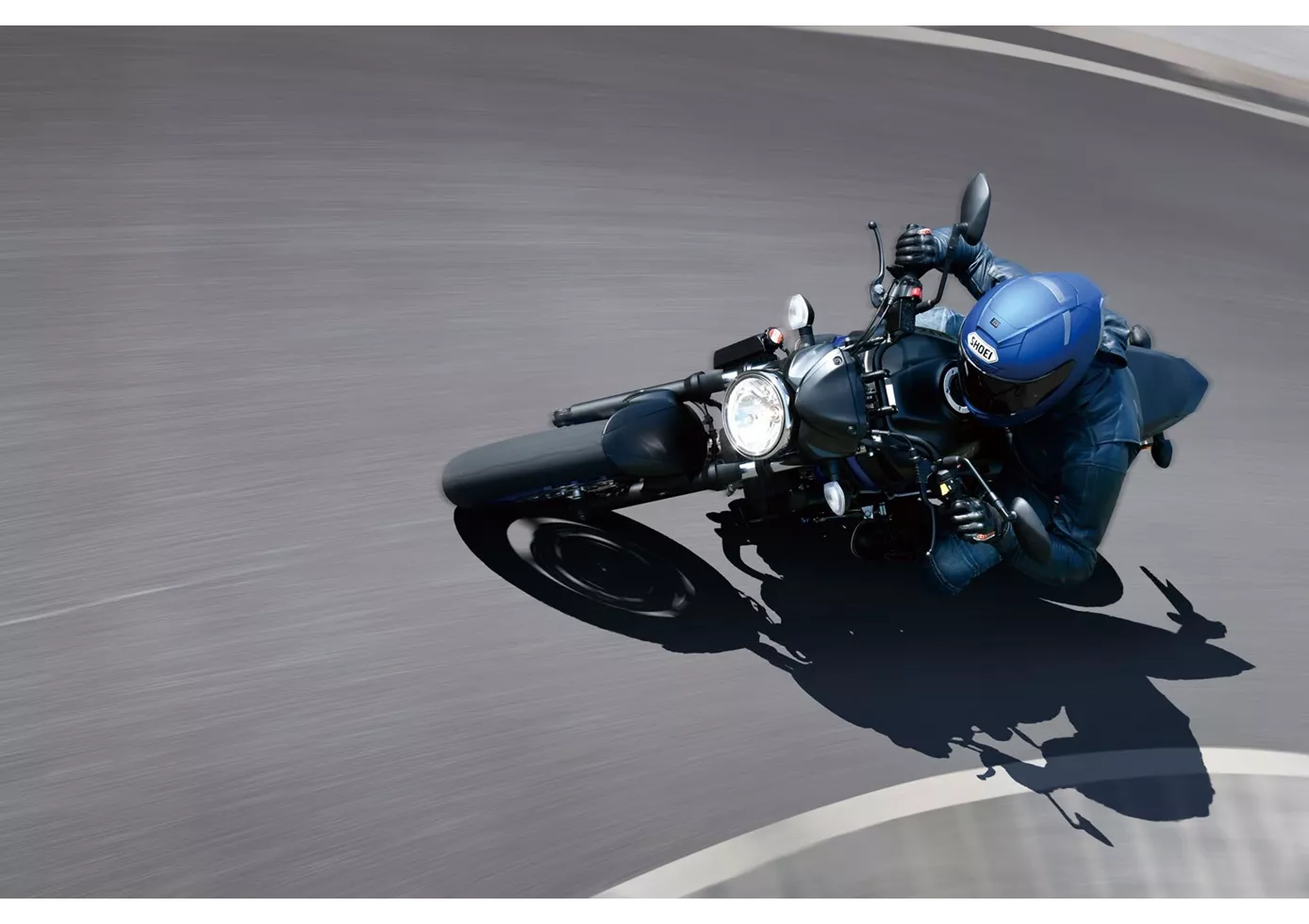
Not much has changed on the Suzuki SV 650 compared to its predecessor, five years ago. The engine has been updated to Euro5 and is now even more mature, which fits in perfectly with the rest of the package. The SV 650 doesn't want to scare anyone, especially beginners. The chassis makes a solid, unagitated impression, the brakes require a lot of manual force to prevent unexpected overbraking. The look is timeless on the one hand, but on the other hand some components are really a bit outdated. On the other hand, the price is fair, as usual for Suzuki.
Kawasaki Z650 2017

The Kawasaki Z 650 is the tip of the middle class for small male and female riders. On its compact dimensions, you probably won't feel comfortable as a giant. Heart-warming feelings, however, come from the engine, which delights with a very smooth pull. On the chassis side, a Kawasaki-typical tight set-up was chosen, which finds a great compromise in everyday use. The negative display is very easy to read and is reminiscent of its predecessor, the ER-6n - very nice!
Price Comparison Avarage Market Price Suzuki SV 650 vs Kawasaki Z650
There are a few key differences between a Suzuki SV 650 2021 and a Kawasaki Z650 2017. In terms of price, the actual average price of a Kawasaki Z650 2017 is about 4% higher. A Suzuki SV 650 2021 experiences a loss of 130 GBP in one year and 520 GBP in two years of ownership. This is offset by a loss of 350 GBP and 520 GBP for a Kawasaki Z650 2017. Compared to Kawasaki Z650 2017 there are more Suzuki SV 650 2021 bikes available on the 1000PS.de Marketplace, specifically 13 compared to 11. It takes less time to sell a Kawasaki Z650 with 76 days compared to 111 days for the Suzuki SV 650. Since model year 2005 1000PS.de editors have written 25 reviews for the Suzuki SV 650 and 31 reviews for the Kawasaki Z650 since model year 2017. The first review for the Suzuki SV 650 was published on 26/09/2008 and now has more than 14,200 views. This compares to more than 25,000 views for the first review on Kawasaki Z650 published on 08/11/2016.
